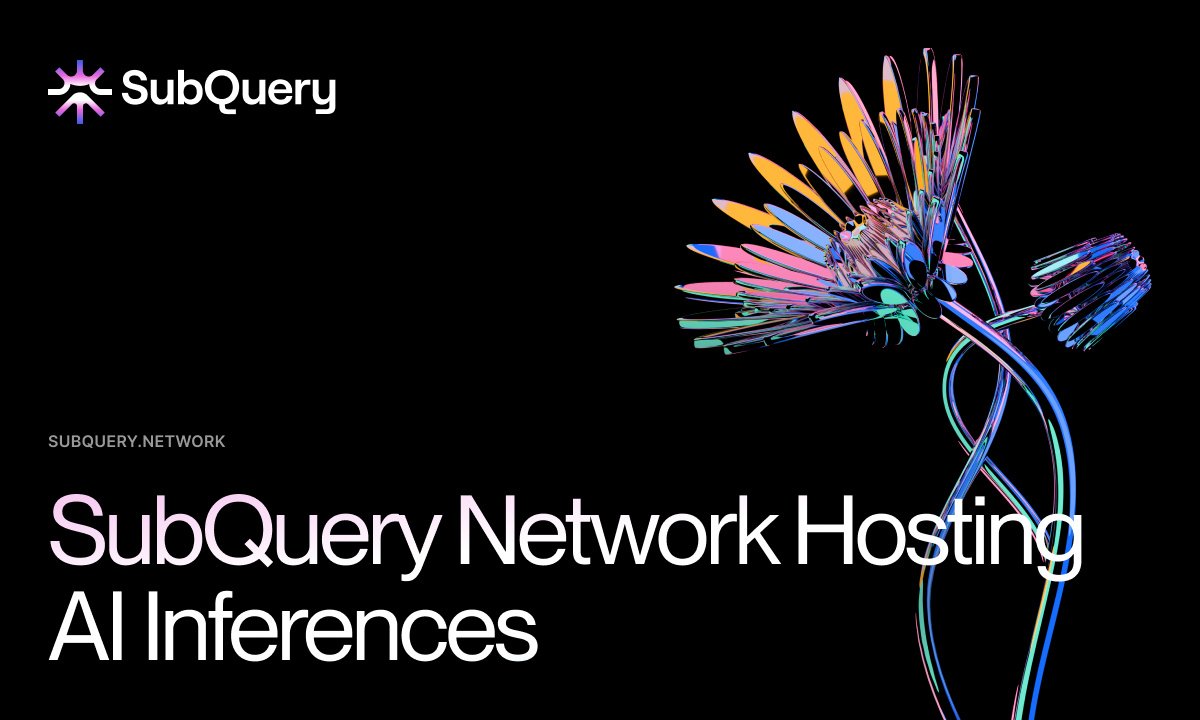[ad_1]
[ad_2]
Source link

Published on August 21, 2024 by admin

[ad_1]
[ad_2]
Source link